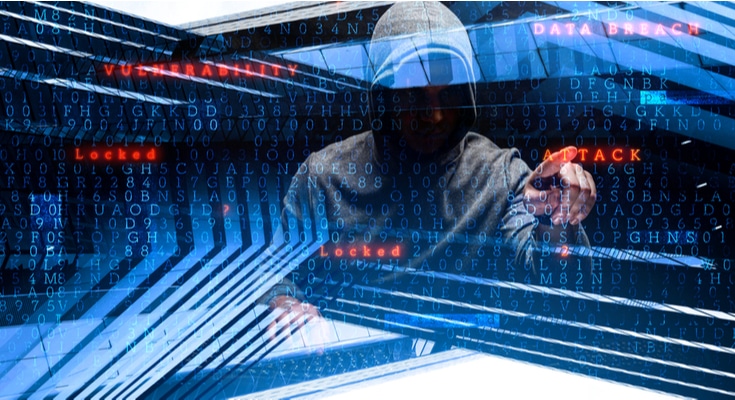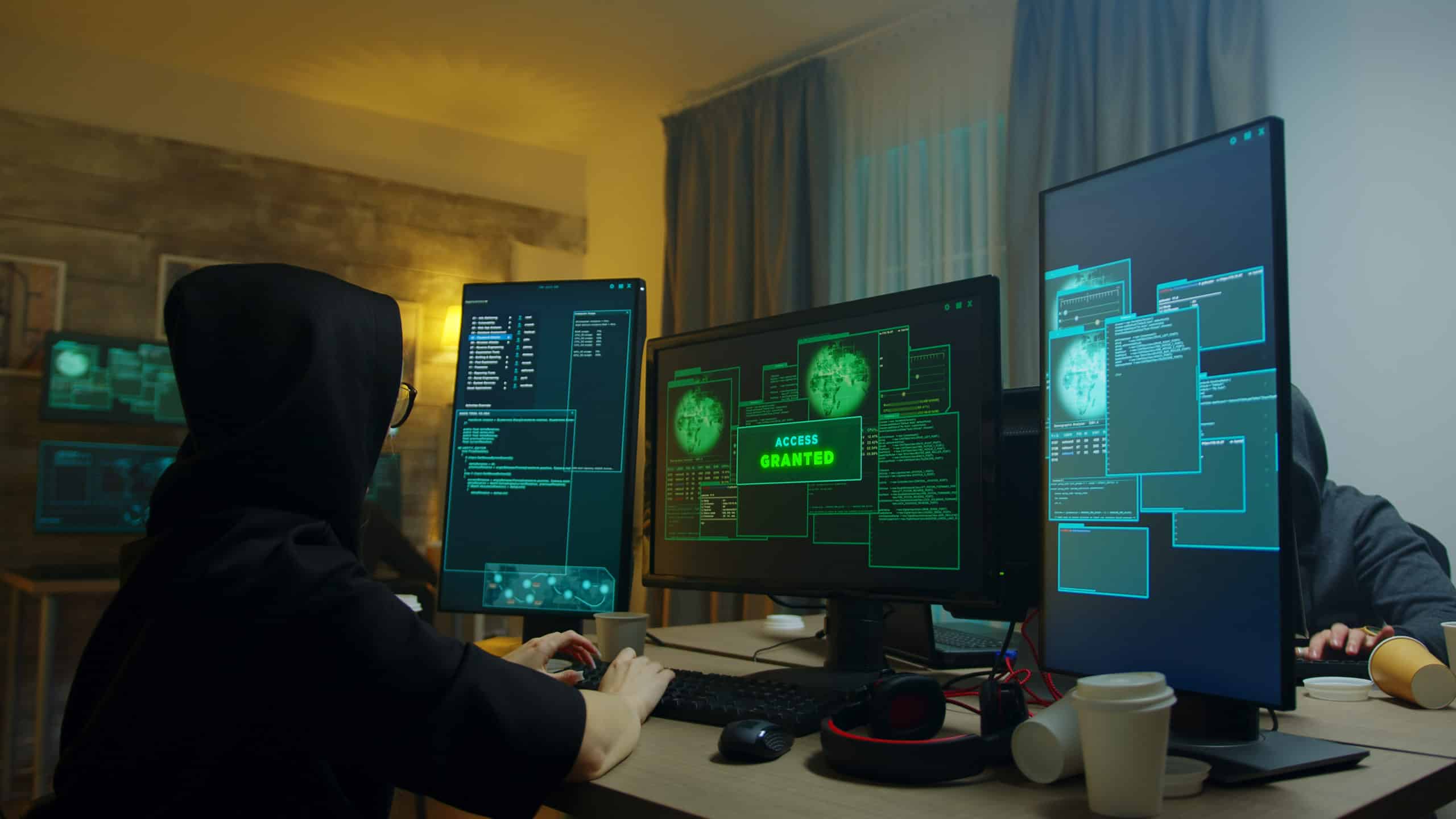In contrast to data breaches, ransomware attacks largely centered on locking down the data instead of exfiltrating it. However, there is no set rule regarding this in the guidebook used by ransomware attacks. Also, no such guidebook exists. In short, you can’t tell if ransomware attack also entails the infiltration of data.
In the healthcare sector, the digital databases comprising of confidential patients’ data remains susceptible to cyber attacks. The confidential health information and banking details of the patients stored in these databases are sold in a good deal on the black market.
Besides that, cybercriminals can effectively blackmail the targeted healthcare facility after seizing its classified databases. This usually happens in the instances of ransomware attacks where the operators demand a hefty sum of extortion money for ransomware removal to give back the access to confidential data.
During a cryptovirological activity, it is not easy to tell whether the attackers are stealthy infiltrating the comprised data as well. For that matter, it is important for the IT arms of healthcare facilities to put some measures in place. Keep in mind that ransomware removal measures can only decrypt the locked down files. They can’t help in stopping the infiltration of data.
Establishment of a robust logging mechanism
Continuously monitoring the user and network activities is critical for detecting any unauthorized infiltration of information. If a healthcare facility has a good logging and tracking system in place, then it becomes easier to detect infiltration during any ransomware attack.
Getting ransomware experts on board
To detect data infiltration during ransomware attack, it is important to have cryptovirological experts in the IT team. Aside from commencing ransomware removal activities, they know how to detect the ports and servers used to propagate the attack. They are also able to tell if an ongoing ransomware attack is being controlled by the operator’s command and control server.




